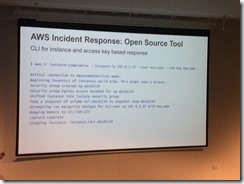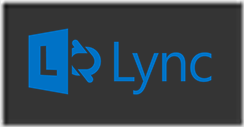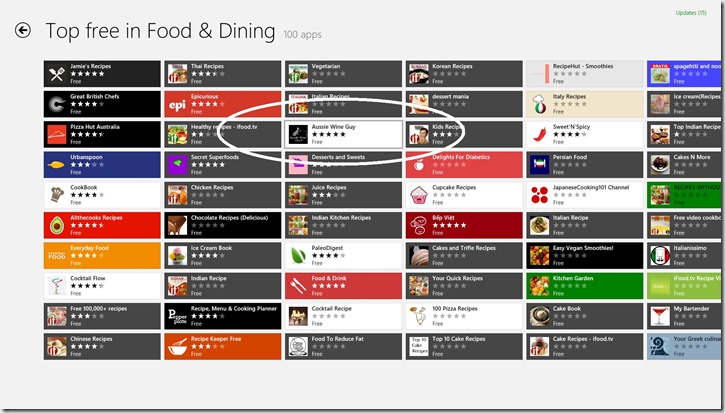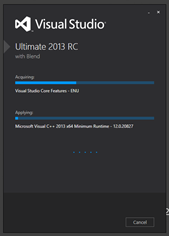Yesterday I attended an executive breakfast briefing hosted by Oracle at the Hyatt Hotel in Yarralumla.
The event was hosted by Oracle’s Chief Technology Officer, Stuart Long and also featured a case study by NTT Communications.
As usual, I took shorthand notes based partly off the presentation slides and mostly from the points made during the hour long presentation.
The briefing aimed at answering some of the following points:
More and more organisations are moving services, storage, email, collaboration and applications to the cloud to drive innovation, but there are challenges:
• How do you decide whether to choose to support private, public or a hybrid cloud mix?
• What’s the right mix of infrastructure (IaaS), platform (PaaS), and application (SaaS) environments for your organisation?
• Where are the cost savings?
• And how do you overcome the barriers to adoption?
Hear first hand Oracle customer case studies and join in the discussion on the business and IT decisions made in selecting the right cloud infrastructure and the benefits other organisations have seen.
Oracle’s Chief Technology Officer, Stuart Long provides internal private cloud services to over 1000 sales consultants across the region and has been actively engaged with a number of Oracle customers during their business transformation journeys. Stuart will discuss:
• Competitive differentiation through Innovation.
• The economics of “As A Service”.
• Lessons learned by Oracle Consulting “As A Service” in its journey.
My Notes from the briefing
 A key change needs to be the way we view traditional IT; by no longer viewing legacy IP as a competitive differentiator when it is matched by current or next generation cloud capability. Cloud services have introduced competitive offers which can match the competitive differentiators of legacy solutions.
A key change needs to be the way we view traditional IT; by no longer viewing legacy IP as a competitive differentiator when it is matched by current or next generation cloud capability. Cloud services have introduced competitive offers which can match the competitive differentiators of legacy solutions.
Mobility and the Internet of Things plus smart devices have created the world of “Big Data”. Legacy systems may cope to deal with the expanded demand from the millions of devices attempting to access data.
Cloud trends involve cost, flexibility and speed which results in a faster lifecycle for apps and app consumption.
Cloud Offerings
Transitioning existing LoB/ERP/CRM style systems are likely to move into a SaaS (Software as a Service) or IaaS (Infrastructure as a Service) offering, however studies show that PaaS (Platform as a Service) is outpacing IaaS.
 IaaS could be considered a raw, siloed view of legacy systems which have been migrated to the cloud
IaaS could be considered a raw, siloed view of legacy systems which have been migrated to the cloud
PaaS could be considered a standardized view of migrated business processes with better data quality
IaaS requires business to better monitor cloud spend to compute the cost/benefits more regularly (i.e. in realtime) as a cloud migration which has not been cloud optimised could meet or exceed the costs of traditional server ownership. This results in what Oracle are terming ‘sticker shock’ where the bill for initial cloud services is much greater than anticipated.
[ Source ]
- IaaS, therefore, requires far greater analysis of the ‘cloud footprint’ (my term) to ensure that businesses don’t over-provision before and after migrating to the cloud.
- PaaS however derives benefits through standardization. This requires an accurate view of an organisation’s structured data and a good knowledge of business processes.
Cloud services offer two “views”: horizontal and vertical. A horizontal cloud offering provides an ‘end-to-end’ service, whereas a vertical cloud offering could be a silo/fit-for-purpose service (typically embodied by a standalone proof of concept – PoC).
Competitive Advantages
One of the selling points of cloud to business & Government is that the focus falls to the data/service instead of concerns about IT infrastructure skills and procurement activities. This means more time considering business process and data, than the maintenance costs or skill costs for maintaining self-hosted solutions.
Cloud services also offer the ability to standardize based on service reuse. This provides opportunities for business and Government to achieve cost savings by the reuse of common services. This also allows for the reuse of IP via selective sourcing. In this regard, there exists an opportunity for business to act as service brokers, and on sell cloud capabilities
Challenges
Authentication and authorization continues to be an important consideration. Federated identity management is an important key to the solution, since it isn’t optimal to have users authenticate to local networks in order to leverage cloud services.
What makes a “Great Cloud”?
We heard from NTT Communications about their experience in journeying through six years of preparation and execution to move into the cloud. The following points were highlighted as key to a great cloud experience:
- Tier 3+ Colocation is essential
- Senior engineering talent is a must
- Monitoring
- Automation (repeatable processes), and,
- Process (ISP27001, ITIL etc)
Roadmap to the Cloud
Transitioning from legacy systems to a full cloud offering could be summarized as follows:
- Silo – Legacy systems, decoupled or loosely coupled
- Consolidated – Systems integrated and standardized (virtualized)
- Private Cloud – Systems migrated to complete virtual platform (self-service, auto scaling)
- Public Cloud – Systems optimized for minimum footprint
- Hybrid Cloud – Systems integrated into standardized services (“cloudbursting”)
The following considerations should be taken into account:
- Repeatable testing, end-to-end
- Packaging (deployments, configuration)
- Monitoring (end-to-end and per system/service)
- Elasticity should be policy driven
- Metering/Charge model should be optimised to minimum need
Update
Many thanks to Oracle for the invitation to attend. Post-breakfast, we were provided with links to the presentation materials, which I have linked, below.






